Ancient History looks at every aspect of the ancient world: you'll find articles covering politics, society, literature, language, religion, economics, and art - all in one magazine! Like its big brother, Ancient Warfare, Ancient History Magazine is a bi-monthly, 60-page magazine that relies on a thematic approach: each issue is centered around one specific subject. From ancient Egyptian trade and Roman family life to the lost city of Pompeii, there's sure to be something for everyone - all presented in a well-researched but accessible, fun manner.
Ancient History Magazine
EDITORIAL – A TYRANT'S LIFE FOR ME
Remains of a chained nun discovered in Israel
PRELIMINARIES
Ivory from Knossos bears longest known Linear A text
Pigments show cosmetics were used in pre-Islamic Oman
Rock-cut tomb discovered in Turkey
Tomb from the elusive Abydos Dynasty found?
Dacian silver found buried in Romania
THE ANTONINE PLAGUE • After a prolonged period of peace and prosperity, the Roman Empire was wracked by a devastating plague that left thousands dead, even claiming the life of an emperor. The plague was so severe that it caused a dramatic population decline, brought about a financial crisis, and weakened the borders of the Roman Empire, bringing about a period of instability.
HISTORICAL HOMER? • Ever since Heinrich Schliemann's supposed ‘rediscovery’ of the city of Troy, as well as his association of the ruins of Mycenae and the Homeric epics, people have sought for a historical war behind the myth. Most proposals date to the Bronze Age, but the evidence for such proposals is relatively weak. Ultimately, there does not need to be a historical war behind the myth.
The ‘Wilusiad’
Homeric references?
ARCHAIC GREEK TYRANTS • Ancient Greek tyrants, including those in Archaic Greece, have a reputation for overturning the established political order and establishing popular rule. However, this understanding is based on later sources, for whom tyrants were politically disruptive forces. Earlier, contemporary sources paint a different picture, one where tyrants are not so revolutionary.
HARMODIUS AND ARISTOGEITON • In 514 BC, two Athenian citizens, Harmodius and Aristogeiton, assassinated one of the brothers ruling the city as tyrants. Their action set in motion a series of changes which led to the establishment of a new regime, which developed into the democracy of the Classical period. Alongside these changes, the tyrannicides were effectively heroized, said to reside on the Isles of the Blessed, and became a model for Athenian citizens, celebrated in song and in public art.
Golden Age of Cronus
KING OF KINGS • By the fifth century BC, the Persian Empire stretched as far as African Libya in the west to the edges of the Indian subcontinent in the east. The kings of this empire (or ‘King of Kings’, as they called themselves) wielded so much power that they became something of a marvel to Persia's Greek neighbours. But at the same time the King of Kings was wondered at, he was also often seen as the tyrant par excellence. Comparing Persian and Greek sources on kingship reveals a complex and interesting story.
MAUSOLUS OF CARIA • Mausolus of Caria is best known for his grand funerary complex – the Mausoleum. However, he was also the satrap of Caria on behalf of the Achaemenid Empire. His rule was remembered for grand building projects and intense taxation, and Mausolus himself was remembered as a tyrant.
THE ILLUSTRATION – Dining in darkness
DREADFUL DOMITIAN • Ancient historians paint Domitian (r. AD 81–96) as a dreadful monster, one of the worst tyrants in Rome's long, tyrant-ridden history. To modern historians, he presents an enigma. Was his reign truly defined by terror and bloodshed, as hostile sources...

 AH 55
AH 55
 AH 54
AH 54
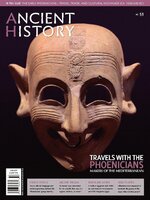 AH 53
AH 53
 AH 52
AH 52
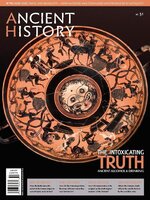 AH 51
AH 51
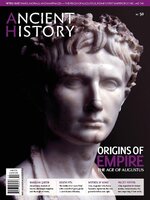 AH 50
AH 50
 AH 49
AH 49
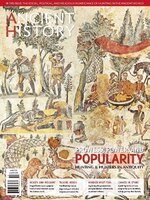 AH 48
AH 48
 AH 47
AH 47
 AH 46
AH 46
 AH 45
AH 45
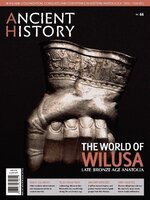 AH 44
AH 44
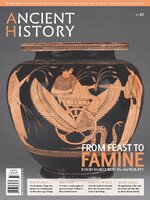 AH 43
AH 43
 AH 42
AH 42
 AH 41
AH 41
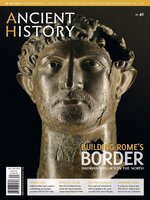 AH 40
AH 40
 AH 39
AH 39